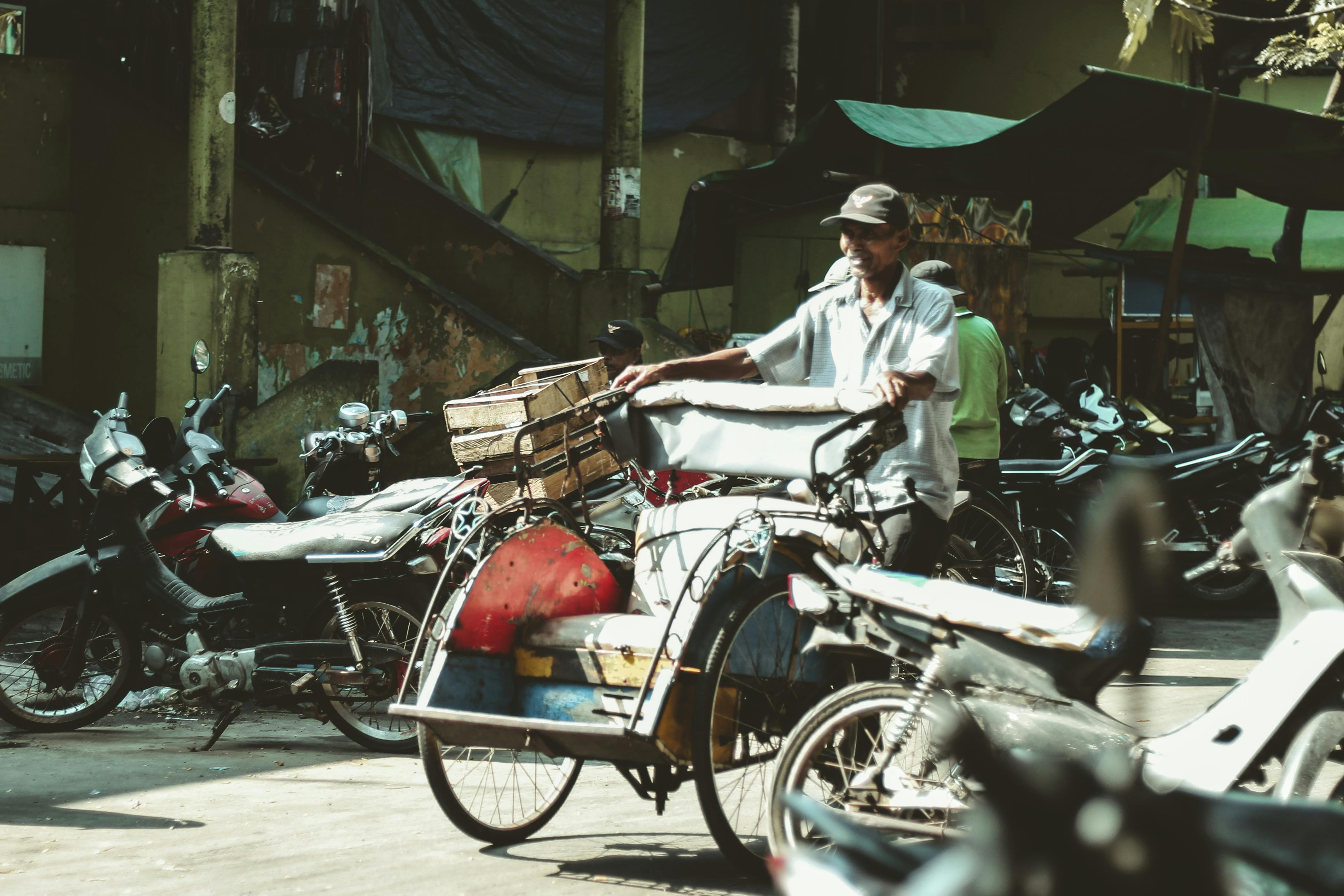Muslim women are frequently subjected to a variety of prejudices. From the’silly couched women’ that is portrayed as an oppressed victim in need of a christ, to the notion that women who wear headscarves are unable to consider for themselves or do not have any ambition. These stereotypes are dangerous in their portrayal of a traditions, but also in the way that they deny the trailblazing work of women role designs across the region hot lebanese girl. Whether it is the first female governor of a area in Iraq or the many Muslim female politicians, these women are a clear concern to the narrative that has been created that says Egyptian women are impotent and don’t get charge of their own lives.
Research conducted by George Gerbner, father of Cultivation Theory, shows that damaging preconceptions are cultivated through repeated advertising representations. This is particularly true when it comes to the Arab media. During the coronavirus pandemic https://www.purewow.com/news/struck-astrology-dating-app in 2019 for example, a large percentage of jokes circulated on social media sites reflected negatively about arab women. The’silly veiled female ‘ image was the most prominent one. Other negative images included women being illiterate, limited in intellectual capability, immoral, materialistic or opportunistic.

Dr Balaa highlights the importance of countering these stereotypes with positive portrayals of Arab women and how these are achieved in literature. She uses the example of Firdaus in Saadawi’s novel The Book of life where she is able to rebel against her rapist and show ‘ a different type of femininity.’ This is important as it illustrates that women can face multiple forms of oppression at the same time that are not solely related to their religion or their ethnicity as Arabs.


Lascia un commento